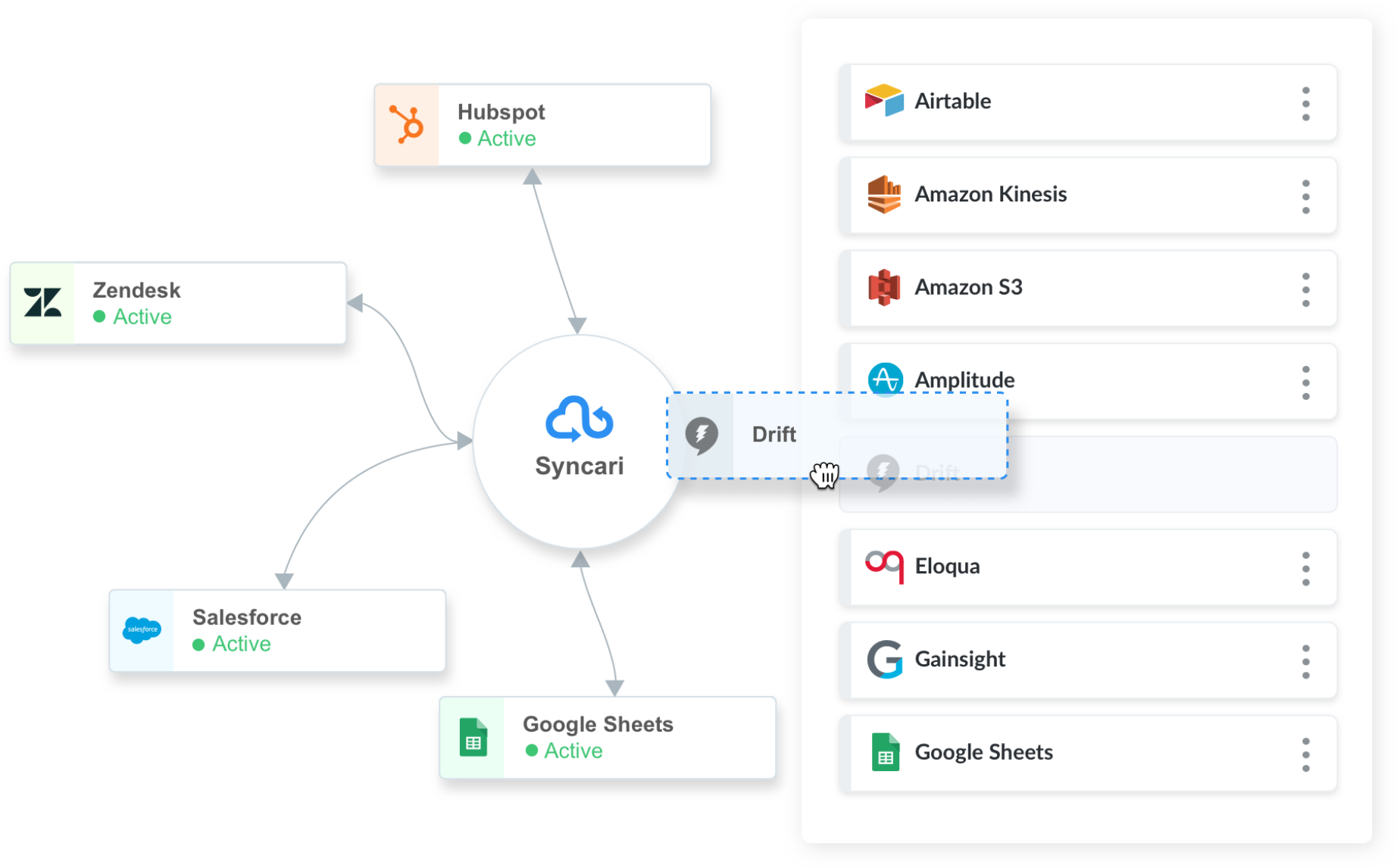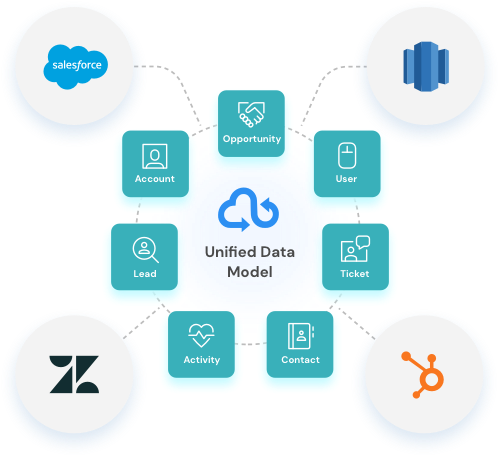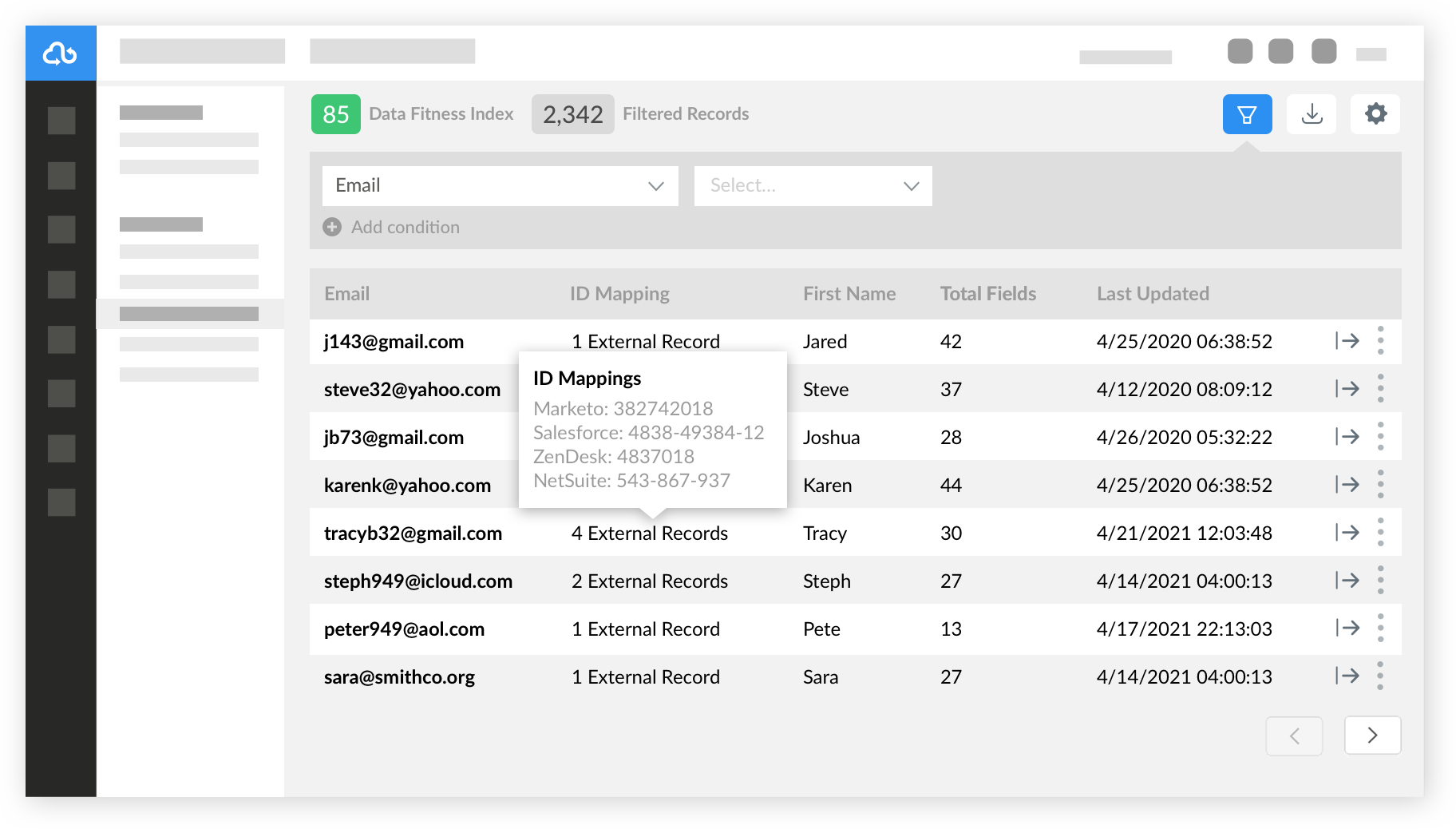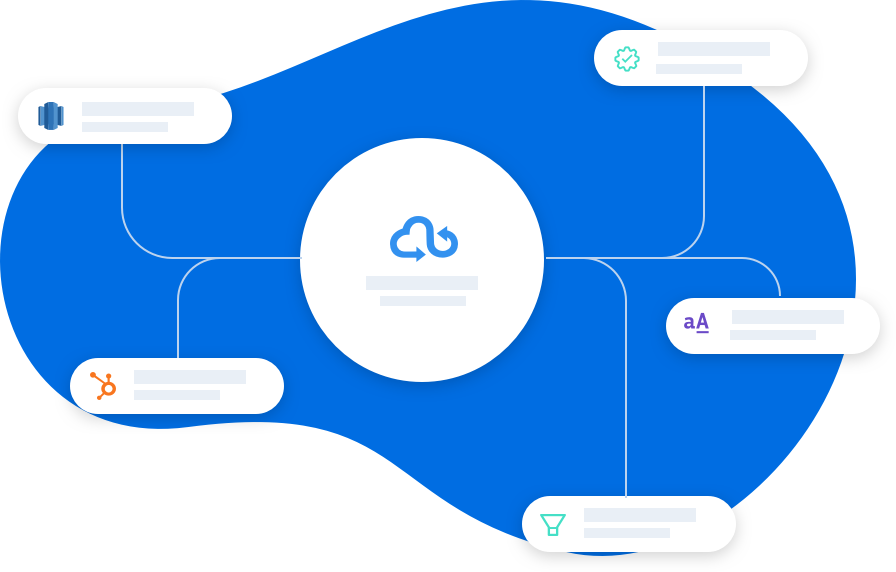A SnapLogic alternative that brings trusted data to your automated workflows.
Snaplogic promises to deliver the future of enterprise automation with intelligent data and application integration. Unfortunately, this is a promise they can’t keep. Lacking automated controls for data quality and governance, many SnapLogic connect their systems together only to find a jumbled mess of inconsistent, inaccurate, unusable data. Making matters worse, SnapLogic’s “intelligence” is directed at prepping data for laggy analysis in a data warehouse, creating yet another operational data silo.
SnapLogic creates data chaos.
- Relies on brittle legacy data patterns and techniques
- Distributes dirty data between and across operational systems
- Creates syncs with endless loops and duplicate records
- Breaks with every schema change, system outage or API issue
- Requires code to meet common requirements
Syncari helps revenue teams take back control of their data.
Syncari combines iPaaS, workflow automation, and data management capabilities into one complete platform, empowering revenue teams to automatically distribute ‘data truth’ throughout the business so every department is working with the same data, without the chaos.
See Syncari in Action| Capability | Syncari | SnapLogic |
|---|---|---|
| Process Automation | ||
| Simple workflow builder | ||
| EDI/B2B data exchanges | ||
| Pre-built templates | ||
| Connectivity | ||
| Pre-built integrations | ||
| Codeless configuration | ||
| Self-healing, resilient connections | ||
| Data Automation | ||
| Multi-system sync | ||
| Audit and rollback transactions | ||
| Automatic error handling | ||
| Data Quality | ||
| Centralized de-dupe and merge | ||
| Centralized enrichment | ||
| Data Fitness Index | ||
| Data Governance | ||
| Data policies and authorities | ||
| Schema management | ||
| Unified data model | ||
| Data Visibility | ||
| Automatic, secure data storage | ||
| Filterable 360-degree data views | ||
| Inline data editing | ||




